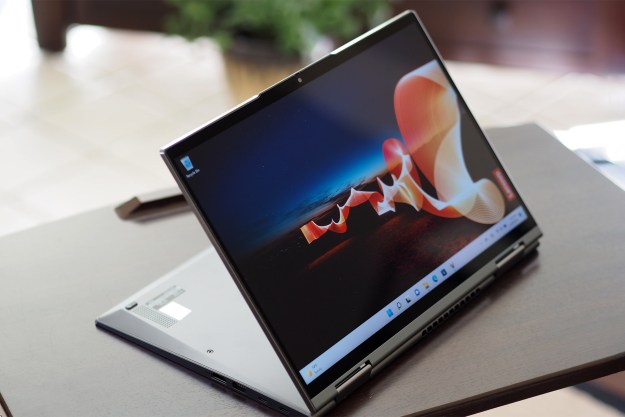Updated 07/01/2015: We’ve updated this post with a hands-on video!
Lenovo has announced two new business flagships at CES 2015, the ThinkPad X1 Carbon and the ThinkPad X250. These laptops are built for the road warriors who need to do a lot of work while they’re away from home, and need to do it fast.
Both the X1 and the X250 are powered by Intel’s latest 5th-generation Intel core processors, and offer optional 4G and LTE connectivity depending on your region. The two models start to distinguish themselves from each other with their displays, as the X1 offers consumers a standard 1080p 14-inch display with optional 1440p panel. The X250 has a disappointing standard 12.5-inch, 1,366 x 768 display, but 1080p is optional.
Both the X1 and X250 are extremely thin, with the former measuring 17.7 millimeters and the latter measuring just 20.3mm from top to bottom when fully closed. The X1 will weigh in at a barely-there 2.9 pounds, making it one of the lightest ultrabooks on the market today. The X250 isn’t much of a burden either, as it’s actually a few ounces lighter.

Connectivity on the X1 includes the OneLink Dock connector technology that can support both mDP and HDMI outputs. More conventional ports include two USB 3.0, one USB 2.0, VGA, Mini-DisplayPort, Ethernet and audio jacks. 802.11n Wi-Fi is standard with 802.11ac optional, and Bluetooth 4.0 is included either way. The X250 is also packed with ports. It has two USB 3.0, VGA, Mini-DisplayPort, Ethernet and audio jacks. 802.11n WiFi with Bluetooth 4.0 come standard.
The X1 Carbon will be available starting later this month at $1249 (with more high-end configurations going up from there), and the X250 will come in just under that price point, at $1149 in February.
Editors' Recommendations
- Quick! This Lenovo ThinkPad X1 Yoga 2-in-1 laptop is 51% off
- Lenovo just knocked 40% off this ThinkPad X1 Yoga 2-in-1 laptop
- This Lenovo ThinkPad X1 has an MSRP of $2,709 — today it’s $948
- The premium ThinkPad that outdoes the X1 Carbon in almost every way
- The ThinkPad X1 Carbon Gen 11 is both faster and longer-lasting


